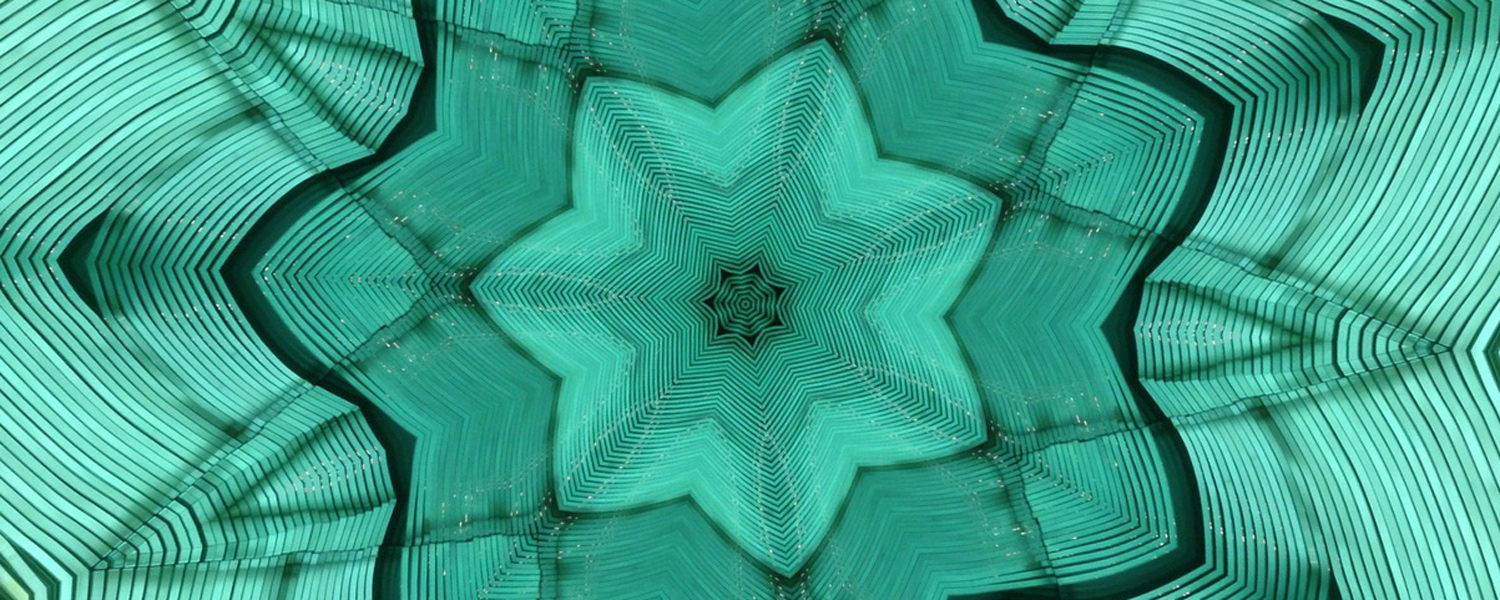Glass: the transparent fluidity of nature

Chromatic effects, tactile perceptions, continuously remodelled and renewable shapes contribute to enhance the mechanical properties of a raw material as ductile as complex to mould. Its outstanding compressive and tensile strength (especially in toughened glass) ensure that glass products are extremely durable over time, impermeable to liquids, gases, vapours, and microorganisms.
Legendarily discovered thanks to a fire lit on a beach by Phoenician sailors who escaped a storm, glass has been part of our everyday life for thousands of years.
It is an outstanding material result of a manufacturing process in different phases, which fully integrates with the environment, thanks to its perfect ecological compatibility. Its structure, consisting only of naturally occurring substances, allows a limitless recyclability as well as a significant saving in energy for new productions, thus perfectly achieving the environmental standards of the circular economy, that are so sought after today.
As a compound of silica, sodium carbonate and calcium oxyde (in fact, the primary constituents of sand), glass if properly treated, mixed and processed, can result in endless items: from the widespread transparent glass used for our daily use objects to the art of the Venetian glassmakers, modern protagonists of the international showcase, who with their skill create works of art, rich in preservation of the historical memory.

Glass thus becomes a truly precious material, reflecting the magical creativity of the artists. In its fluidity it takes different shapes according to the processing it undergoes. Its versatility makes it possible to create glass creations that are visually pleasing and with distinctive chemical and physical properties.
A material with an excellent resistance but at the same time very fragile, like human nature, whose duality is well perceived in Murano, Europe’s elite glassmaking centre since ancient times. At first chosen strategically for its distance from the historical centre of Venice and for being located north of the main island (which allowed the fumes not to reach it), the island of Murano has proved – and continues to confirm itself – a melting pot for artists and collectors from all over the world, attracted by the skills of local artisans, who create works of great artistic value.


A timeless material that has survived through many eras, glass nowadays retains a strong value linked to craftsmanship, cultural and historical references of great importance in a time of globalization. Opposed to the trend of wanting everything straightaway, glass is synonymous with experience, manual ability, awareness, and fragility.
In its poems, Silviano Fiorato describes glass as a “diaphragm that separates us from the unknowable, or from the true, but at the same time unites us with it (while a wall divides), takes away the sound, but helps us with reflections”. Let us be carried away by intuition: the less we rationalize the more we are enchanted.

